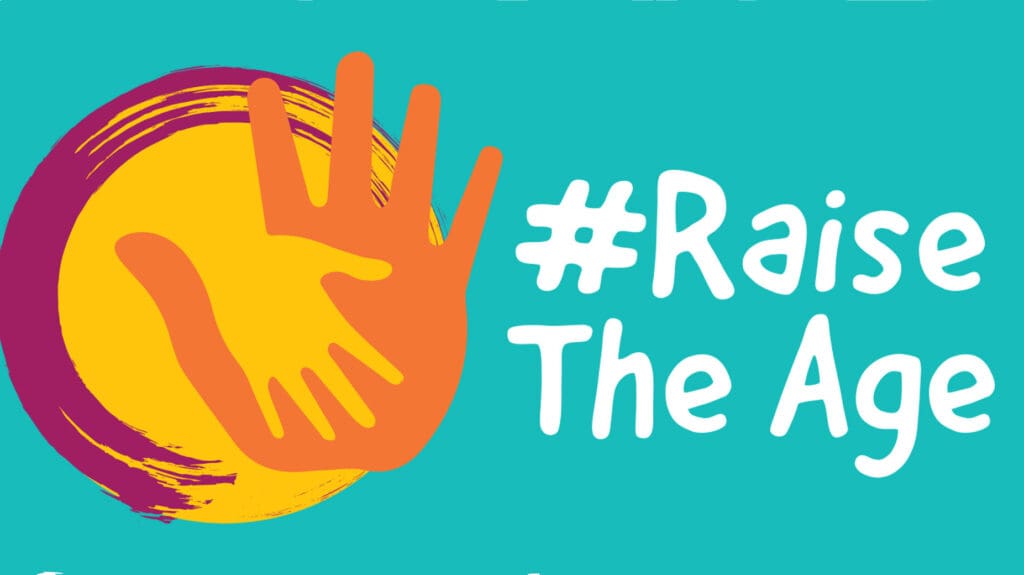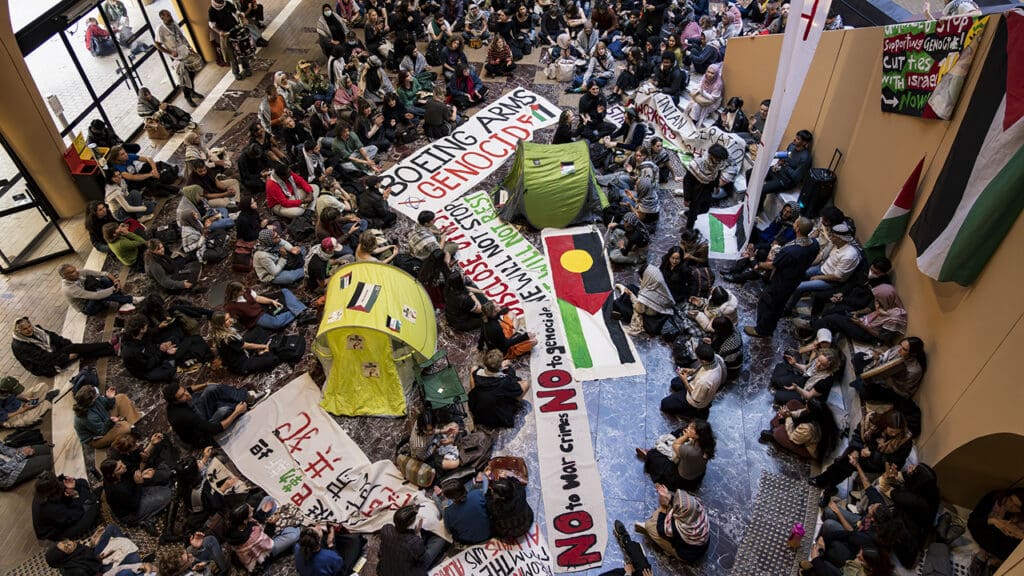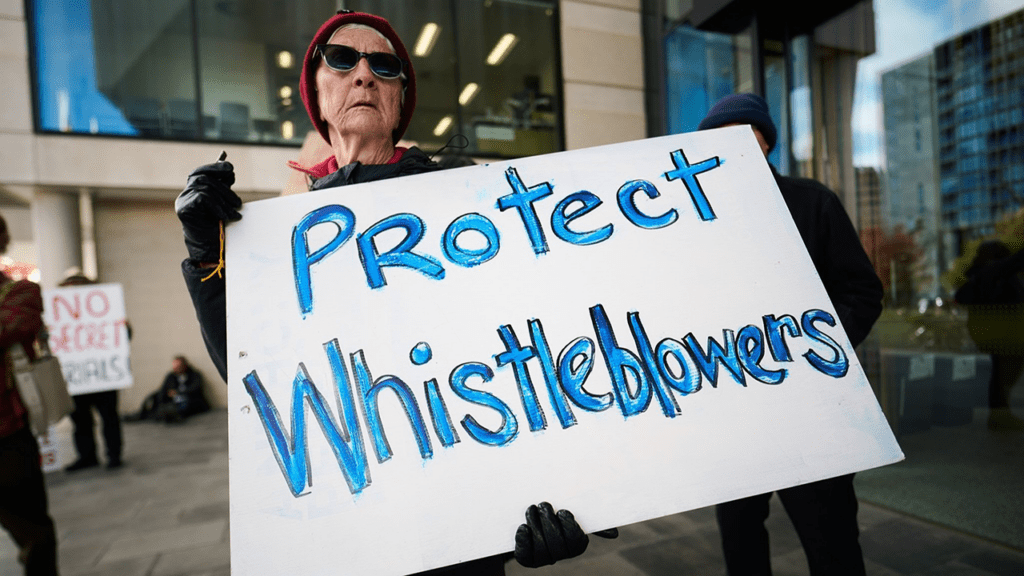Church and landowners call on Rio Tinto to address devastating human rights impacts of Bougainville mine
Ahead of Rio Tinto’s Australian annual general meeting (AGM) this Thursday, the Catholic Diocese of Bougainville and local landowners have called on the British-Australian mining giant to address the legacy of environmental destruction created by its former Panguna mine on the Pacific island.
For forty-five years the mine was majority-owned by Rio Tinto, but in 2016 the company abruptly divested from the mine, leaving behind almost a billion tonnes of mine waste.
John Ibouku, a landowner and chief from the Basikang Clan, said that pollution from the mine was creating huge problems for thousands of people living nearby.
“Rio Tinto destroyed our lands and rivers and left us to live with the consequences. It is we the people of this area who continue to suffer because of their actions. Our rivers are filled with copper. Our children get sick from breathing the dust from the tailings waste. We have almost no land left on which to grow crops to feed ourselves. The company must take responsibility and set right these huge problems they have created so our people have a future”.
Bernardine Kiraa, a landowner from the Mematangha Clan, said communities living in the flatland areas downstream were being flooded by waste from the mine dumped further upstream.
“There is no control over the tailings waste so it moves downstream and causes the river to go everywhere. Villages at Kataure, Meua, Menago and Koauro were all underwater last year due to flooding”.
Father Polycarp Kaviak, the Caretaker of the Catholic Diocese of Bougainville, which works closely with the mine-affected communities, called on Rio Tinto to live up to its human rights responsibilities.
“The Panguna mine has left a disastrous legacy for our people – environmentally, socially and spiritually. The situation for communities living near the mine is highly dangerous due to the pollution of their rivers and the enormous quantities of mine waste which continues to flood villages downstream. This will worsen unless something is done. Rio Tinto is responsible for causing these harms and is therefore responsible for helping to address them. The company must urgently act to ensure the safety of the communities harmed by their operations.”
The AGM comes just weeks after the release of a major new investigative report released by the Human Rights Law Centre, which documents the devastating human cost of the mine.
The report, After the mine: Living with Rio Tinto’s deadly legacy, shows communities living with contaminated water sources, land and crops flooded by toxic mud, and health problems ranging from skin diseases and respiratory problems to pregnancy complications.
Keren Adams, a Legal Director at the Human Rights Law Centre and author of the report, said Rio Tinto has a clear legal obligation to help clean up the mine site and address these harms.
“Rio Tinto holds itself as global leader on human rights and environmental issues, but the destruction and damage it has left behind in Bougainville tells a very different story. The pollution created by their mine is directly endangering local communities and infringing their most basic rights to food, water, health and housing.
“Investors attending Rio Tinto’s AGM this week should be calling on the company to immediately address this appalling situation”, said Ms Adams.
The Human Rights Law Centre has called on Rio Tinto to immediately commit to funding an independent assessment of the mine to identify the most urgent health and safety risks to communities, and establish a substantial fund to address these problems and assist with long-term rehabilitation.
Read: After the mine: Living with Rio Tinto’s deadly legacy.
Media contact:
Michelle Bennett, Communications Director, Human Rights Law Centre, 0419 100 519
Media Enquiries
Chandi Bates
Media and Communications Manager

ACT becomes first jurisdiction to raise the age to 14 while the rest of the country lags behind

University of Melbourne urged to drop expulsions
The Human Rights Law Centre has written to the University of Melbourne urging the Vice-Chancellor to abandon her decision to suspend and expel students for a protest in support of Palestine.
Read more
Comprehensive blueprint to fix Australia’s broken whistleblowing laws released today
A Federal Whistleblower Protection Authority would ensure dedicated support for safeguarding individuals who expose misconduct
Read more



